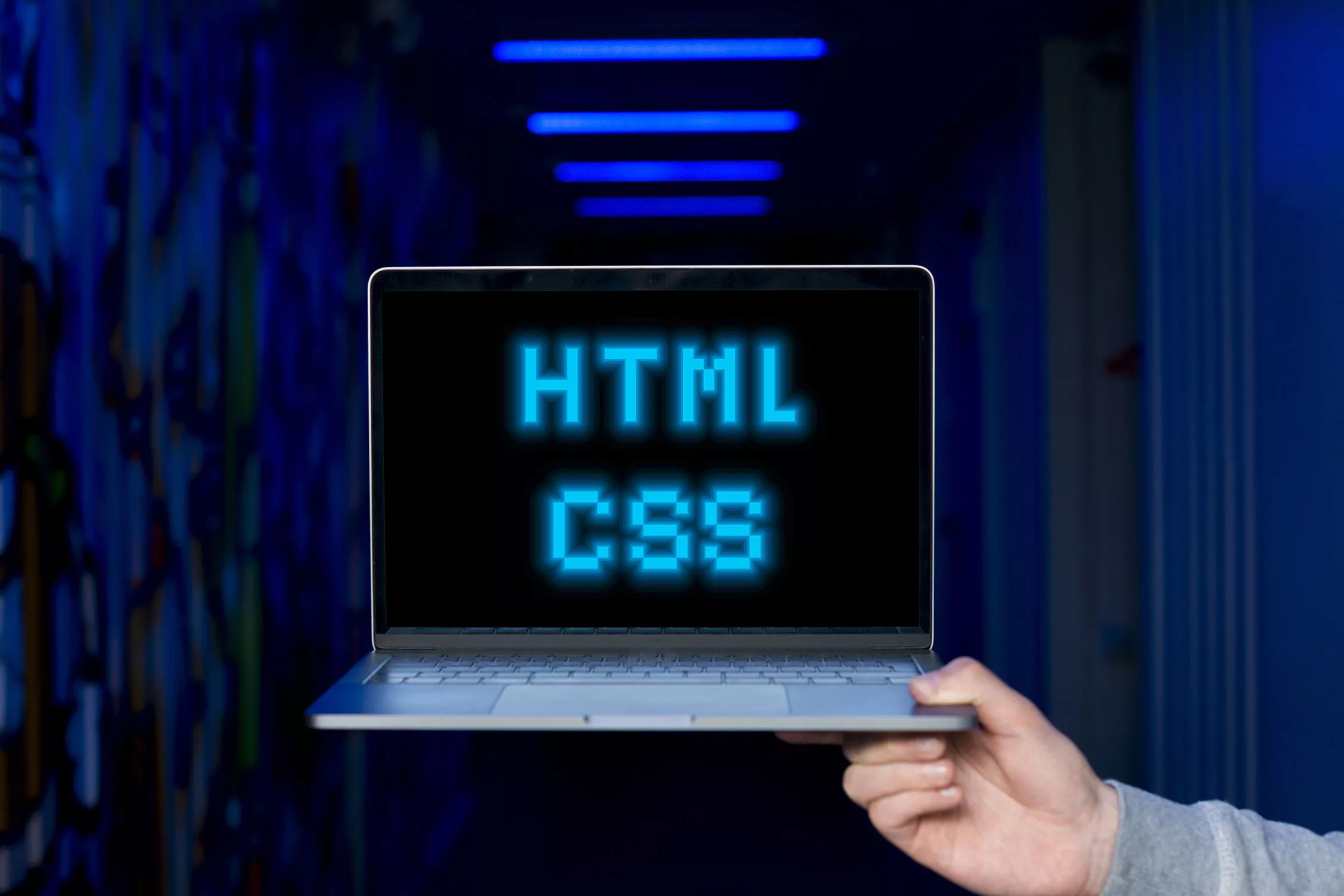Front-end development is a critical part of web development that focuses on creating the user interface and user experience of a website or web application. It involves translating design concepts into interactive and functional web pages. To excel in front-end development, it’s essential to have the right tools and frameworks at your disposal.
In this comprehensive guide, we’ll explore the essential front-end development tools and frameworks that can help you succeed in this dynamic field.
Understanding Front-End Development

Before diving into the tools and frameworks, let’s briefly understand the role of front-end development in web development.
Front-End vs. Back-End
In web development, there are two main components: front-end and back-end. Front-end development deals with the parts of a website or web application that users interact with directly. This includes the layout, design, navigation, and interactivity of the site. Back-end development, on the other hand, focuses on the server-side logic, databases, and data processing.
Front-End Development Goals
- Creating a visually appealing and user-friendly interface.
- Ensuring compatibility with different devices and browsers.
- Optimizing performance for fast loading.
- Implementing interactive features and animations.
- Enhancing user experience through responsive design.
To achieve these goals, front-end developers rely on various tools and frameworks. Let’s explore the essential ones in detail.
10 Essential Front-End Development Tools

Code Editor/IDE
A code editor or integrated development environment (IDE) is the starting point for any front-end developer. It’s where you write, edit, and manage your code. Some popular code editors and IDEs include:
- Visual Studio Code: A free, open-source code editor by Microsoft, known for its extensive plugin ecosystem and robust features for web development.
- Sublime Text: A lightweight yet powerful code editor with a minimalistic interface and extensive customization options.
- Atom: An open-source code editor developed by GitHub, known for its community-driven plugins and ease of use.
- WebStorm: A full-fledged IDE designed specifically for web development, offering advanced features and integrations.
Version Control System (VCS)
Version control is crucial for tracking changes in your codebase, collaborating with others, and ensuring code stability. Git is the most widely used version control system, and platforms like GitHub, GitLab, and Bitbucket provide hosting services for Git repositories. Learning Git and using these platforms is essential for front-end developers.
Package Managers
Package managers help you install, update, and manage third-party libraries and dependencies easily. Two popular package managers for front-end development are:
- npm (Node Package Manager): Often used in conjunction with Node.js, npm is a robust package manager for JavaScript. It allows you to install libraries, frameworks, and tools from a central repository.
- Yarn: Developed by Facebook, Yarn is another package manager that aims to be faster and more reliable than npm. It offers improved dependency management.
Browser Developer Tools
Modern browsers come with built-in developer tools that are indispensable for front-end developers. These tools allow you to inspect and manipulate the HTML, CSS, and JavaScript of a web page, debug code, analyze network activity, and optimize performance. Some popular browser developer tools are:
- Google Chrome DevTools: Known for its extensive features and real-time debugging capabilities.
- Firefox Developer Tools: Offers similar capabilities to Chrome DevTools, including a powerful JavaScript debugger.
- Safari Web Inspector: The developer tools for Apple’s Safari browser, providing essential debugging and profiling tools.
Responsive Design Testing Tools
Ensuring that your web applications look and function correctly on various devices and screen sizes is essential. Responsive design testing tools help you preview and test your site’s responsiveness. Some notable tools are:
- BrowserStack: Allows you to test your website on real devices and browsers across different platforms.
- Responsinator: A free online tool that simulates how your website appears on various devices.
- Chrome DevTools Device Mode: Built into Google Chrome DevTools, this feature lets you simulate different screen sizes and device types.
Code Linters and Formatters
Maintaining clean and error-free code is crucial for front-end development. Code linters and formatters help you identify and fix coding issues. Two popular options are:
- ESLint: A widely used linter for JavaScript, which can be customized to enforce coding standards and best practices.
- Prettier: A code formatter that automatically formats your code for consistent style and readability.
Task Runners and Build Tools
Task runners and build tools automate repetitive tasks in your development workflow. They can help with tasks like minification, bundling, transpiling, and optimizing assets. Some common tools include:
- Webpack: A popular build tool for bundling JavaScript, CSS, and other assets. It also supports code splitting and lazy loading.
- Gulp: A task runner that simplifies tasks like file concatenation, minification, and image optimization.
- Grunt: Another task runner that automates various front-end development tasks.
Browser Extensions
Browser extensions can enhance your productivity as a front-end developer. Some useful extensions include:
- ColorZilla: A tool for identifying and copying colors from any web page.
- Wappalyzer: Detects the technologies used on a website, including frameworks, content management systems, and analytics tools.
- Page Ruler Redux: Helps measure and draw a ruler to get pixel dimensions and positioning of elements on a webpage.
Performance Optimization Tools
Optimizing the performance of your web applications is essential for delivering a fast and smooth user experience. These tools can help you analyze and improve performance:
- Google PageSpeed Insights: Provides suggestions for optimizing web page performance, including suggestions for both mobile and desktop devices.
- Lighthouse: A tool integrated into Google Chrome DevTools that audits web pages for performance, accessibility, SEO, and best practices.
- WebPageTest: Allows you to test the loading speed of your web pages from multiple locations and on different browsers.
Version Control Clients
While Git is typically used via the command line, version control clients provide a graphical interface for managing repositories. Some popular clients include:
- GitHub Desktop: An official GitHub client that simplifies Git and GitHub workflows.
- GitKraken: A visually appealing Git client that offers features like code commenting and issue tracking integration.
These essential front-end development tools form the foundation of your workflow, helping you write clean, efficient code and create user-friendly web applications. Now, let’s delve into the frameworks that empower front-end developers to build complex, interactive, and responsive web applications.
Essential Front-End Development Frameworks

Front-end development frameworks are pre-built collections of code, libraries, and best practices that simplify common development tasks. They provide a structured foundation for building web applications and can significantly speed up the development process. Here are some of the essential front-end development frameworks:
HTML5 and CSS3
HTML (Hypertext Markup Language) and CSS (Cascading Style Sheets) are fundamental technologies for building web pages. HTML5 introduced new elements and APIs for creating more interactive and responsive web applications. CSS3 brought advanced styling capabilities, such as animations and transitions.
Key Features
- HTML5: Semantic elements like <header>, <nav>, and <footer> improve page structure. APIs like WebSockets and Geolocation enable real-time and location-based features.
- CSS3: Properties like transform, transition, and animation facilitate smooth animations and transitions.